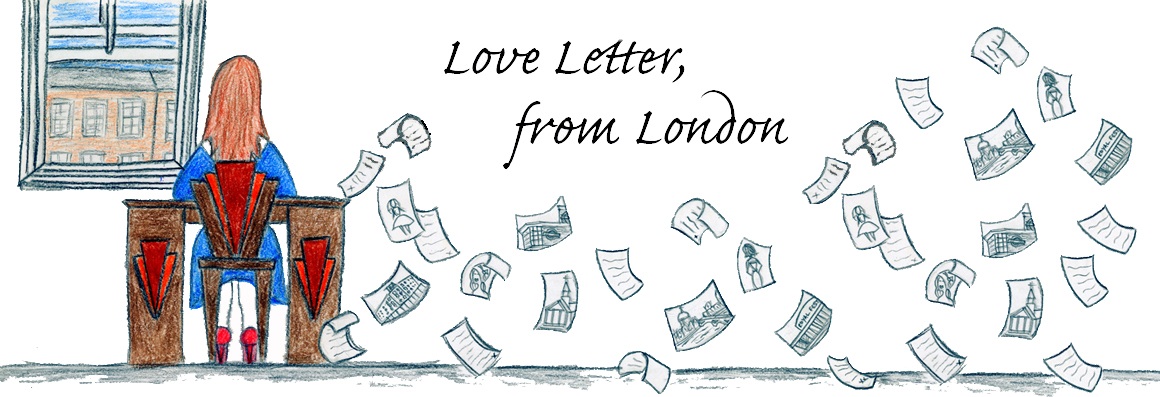 |
| The Cenotaph and City Chambers on George Square |
I was all set to write a post about Glasgow today, it being St Andrew's Day, and because I recently made a trip there on a day when it was graced with blue skies and I was able to get some half-decent photos of its astonishingly beautiful architecture. Time wasn't on my side as I was there for work and had other things to be getting on with, but I was able to nevertheless grab a few shots around the centre of the city.
However, I find myself writing now with some sadness, as I woke to hear about a terrible accident last night in which a helicopter crashed into a pub by the Clyde. There have been several confirmed fatalities and series injuries, and rescue work is ongoing as I write this. My thoughts and prayers go out to the people directly and indirectly affected by this shocking event, in that city for which I feel great fondness.
I fell in love with Glasgow quickly when I first visited it ten years ago on a short, solo Scottish trip. I started with a few days in Edinburgh and then headed to Glasgow, via Stirling. Edinburgh impressed me undoubtedly, especially the unforgettable experience of coming out of the train station and seeing the Castle hanging off a towering, dramatic rock, right in the heart of the city. But there was something about Glasgow that spoke to me more than did Edinburgh. I struggled to put my finger on it, but I just felt more at home there. The atmosphere felt more vibrantly urban and exciting, and it was arguably more visually compelling than its typically more admired cousin. I was enamoured of its strikingly noble but slightly decaying buildings. I remember taking a photograph of rusty ironwork on a bridge near Glasgow Green, on my way to the People's Palace, revelling in its rustic, gritty. poignant beauty, and contemplating whether I would have been quite so drawn to it, were it in pristine condition. I would share the photo with you now but it is somewhere stashed in a storage cupboard in my family home so I don't have it to hand...
 |
| Ironwork in the city centre, more cared for, but just as beautiful, as that which captured my fancy on my first Glaswegian trip |
Instead, I will share some more recent photos of this beautiful city, known as the 'Second City of the Empire' in the nineteenth century and which, in my humble opinion, is still one of the best in the UK. I hope to one day have the honour to live there, even if just temporarily... And even if I will have to re-name my blog. Love Letter from Glasgow? Doesn't have the quite same as Love Letter from London but we can work on that.
Having been back a few times in recent years, one of the things that particularly thrills me about Glasgow is the fantastic eclecticism of its buildings. So many periods and styles of the highest quality are represented in this richly varied city. I also love that it is not stuck visually or psychologically in one past moment in time, but continues to morph and develop and change, as any true city should. Sure, it's not always quite so pretty, and mistakes have been made, but Glasgow's energy has been kept alive through all these changes. I have to confess that I even get a buzz crossing over the roaring M8 (which circles the city in a choking ring and was almost certainly responsible for some criminal demolitions of old architectural gems...); I love seeing the view out to the council estate blocks sticking up out of the urban fabric. And I do admit that such a statement has the aura of someone giddily in love, akin to perceiving someone's nasty habits as endearing. Of course Glasgow must have shortcomings but I'm quite blind to them, or willing to shrug them off in my current state of infatuation.
Although I do have to say that I worry for it sometimes. Beautiful, historic buildings not at all far from the centre of the city are left to flounder, empty and unloved. Meanwhile, I worry about the risk of unthinking, ill-considered new development gradually eroding the character of the heart of the city. By all means, Glasgow, continue to morph and develop and change - it's one of the reasons I love you, after all - but please pay heed to the joyousness and creativeness of your rich architectural legacy as you do so. Modern architecture has the potential to enrich and add to the exciting patchwork of your urban fabric but just please take care... That's the challenge facing Glasgow but it's met it in the past so can surely continue to do so into the future. So as the city's motto says, let Glasgow flourish!
Anyway, I hope that these pictures capture at least some of the beauty of Glasgow's built environment. It is a city which I find difficult to do credit to with photographs, because it is the variety and juxtaposition which makes it so special. It's the uplifting and ever changing views which you get along its hilly streets, the shifting depth and range that the human eye can appreciate but which cannot be captured by a restrictive camera's field of vision. Still, I did what I could...




































